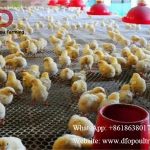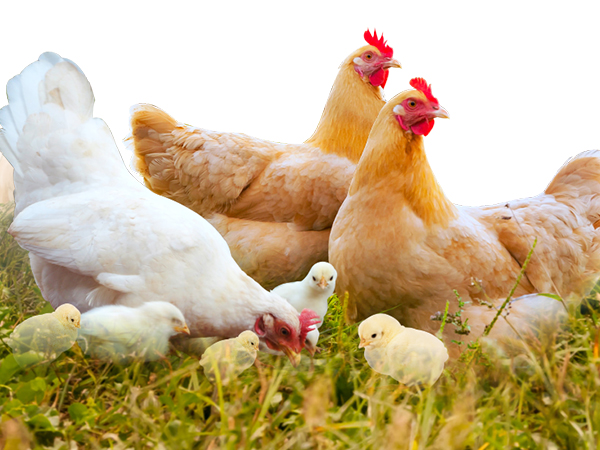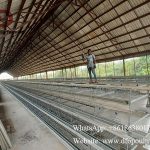Construction of Chicken Coop in Lusaka
Construction of Chicken Coop in Lusaka:
- Site Selection: Choose a site with ample sunlight, good ventilation, flat terrain, and proper drainage. Avoid building the chicken coop near sources of pollution.
- Size of the Chicken Coop: The size of the chicken coop should be determined based on the breed and number of chickens. Generally, each chicken requires 1-2 square feet of space, with enough room for movement, feeding, and resting. The height of the coop should be appropriate for the size and number of chickens, allowing them to move freely.
- Materials for the Chicken Coop: The materials used for the chicken coop should be sturdy, durable, easy to clean, and waterproof. Common materials include wood, steel, and cement.
- Ventilation and Temperature Control: Proper ventilation is essential for the chicken coop and can be achieved by installing doors, windows, and ventilation fans. The temperature inside the coop should be maintained within a suitable range, generally around 18-25 degrees Celsius. Heaters can be used during winter to provide warmth.
- Cleaning of the Chicken Coop: Regular cleaning of the chicken coop is crucial for maintaining the health of the chickens. It is recommended to promptly clean out feces and waste, as well as periodically replace the bedding inside the coop.
- The layout of the Chicken Coop: The layout of the chicken coop should be well-planned, separating different functional areas. For example, waterers and feeders should be placed in separate areas to prevent chickens from disturbing each other and minimize the risk of disease transmission.
The poultry industry has a promising market outlook. As a form of agricultural farming, modern equipment, and technology have made poultry farming more efficient and cost-effective. Additionally, biotechnology can be employed to enhance the production efficiency and quality of both meat and eggs from chickens. The demand for poultry meat and eggs is continuously increasing worldwide, with particularly rapid growth in African countries.
Furthermore, governments have implemented various policy measures to support the poultry industry. These include tax incentives, loans, and financial support. Such policy support can assist poultry businesses in achieving better development opportunities.








